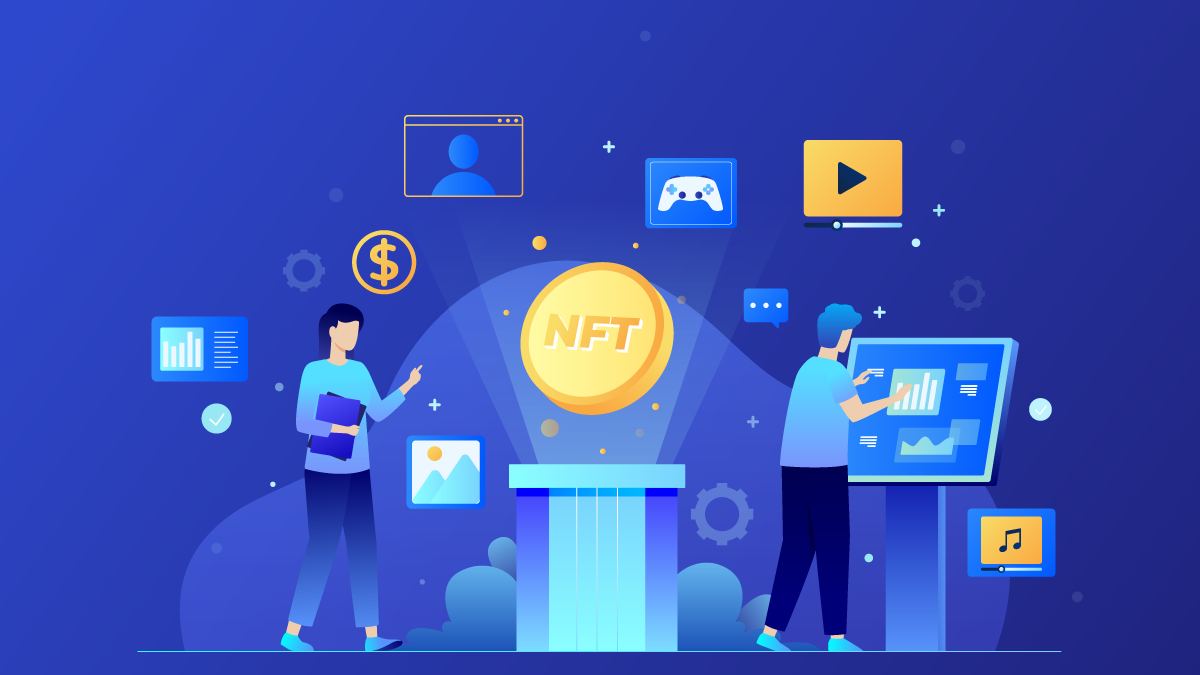
NFT art is a unique, indivisible and irreplaceable representation of art—whether physical or digital—that exists on the blockchain. Due to this one-of-a-kind nature of NFT art, it is also a product that is innately scarce, hooking collectors and investors alike to this novel product.
And because NFT art is blockchain-based, its authenticity and provenance, as well as ownership history, are guaranteed. NFT art has become so popular in the past few months that many NFT art has been sold for hundreds of thousands of U.S. dollars each, and a few for millions of dollars.
So, why has it become so popular? Aside from the fact that it offers better security for buyers, it is actually a fun way of conducting business. A slew of FinTech products and services are being offered nowadays, with tokenization, smart contracts, API trading and other blockchain-based developments that offer so many ways to improve business systems and processes.
However, when marketed to non-technical people, they seem to drown in technical jargon, and the concepts—no matter how useful and innovative—just fly over their heads. This is where NFT art is different. Art is a universal language that anyone can appreciate, and it has added value when created by famous artists. Imagine the anticipation that builds up when fans wait for the release of a single of a popular singer. Now, imagine if only one fan can get to own that song, it just makes the song all the more valuable. This is the kind of special relationship buyers have with NFT art creators.
In fact, that creator-buyer relationship is the basis of the increasing demand for NFT products. The success of Snoop Dogg’s first NFT collection entitled “A Journey With The Dogg,” with one of the artworks in its collection selling for over $100,000, is a prime example of this. Snoop Dogg has also recently announced that he is working on another NFT project to benefit hip-hop founders who were not able to profit from their craft.
Content creator Chris Torres, who became popular because of his Nyan Cat YouTube video posted in 2011, has also sold a unique digital version of the Nyan Cat meme for $590,000. And of course, there’s graphic artist Mike Winkelmann, more famous for his moniker “Beeple,” whose most expensive digital artwork “Everydays: The First 5000 Days” sold for a whopping $69.3 million. The artwork is composed of 5,000 digital art pieces that Winkelmann created for 5,000 days straight—without missing a day.
Ashton Kutcher and his wife Mila Kunis also produced “Stoner Cats,” an animated TV show funded by NFT on the Ethereum (ETH) network; with the total sale of the NFT art collection based on the show’s characters going well beyond $8 million. All of these talented and famous people have contributed greatly to what made NFT art so popular.
However, as exemplified by the Stoner Cats fiasco, it is also highly important where an NFT art is created. Unscalable blockchains like the ETH network will not be able to cope up with the demand for NFTs, which will result in extremely high transaction fees and failed transactions. NFT art creators and enthusiasts need not worry as there are scalable blockchains that offer a more efficient system and lower transaction fees.
Fabriik Markets that use the infinitely scalable BSV blockchain, the current average fee per transaction of which is only at $0.036 (compared to ETH’s $13.71), is a digital asset marketplace that offers the minting of NFTs. Competition is driving NFT services to become more efficient and cheaper, so it can be said that NFT art has the possibility of becoming a long-lasting trend.




